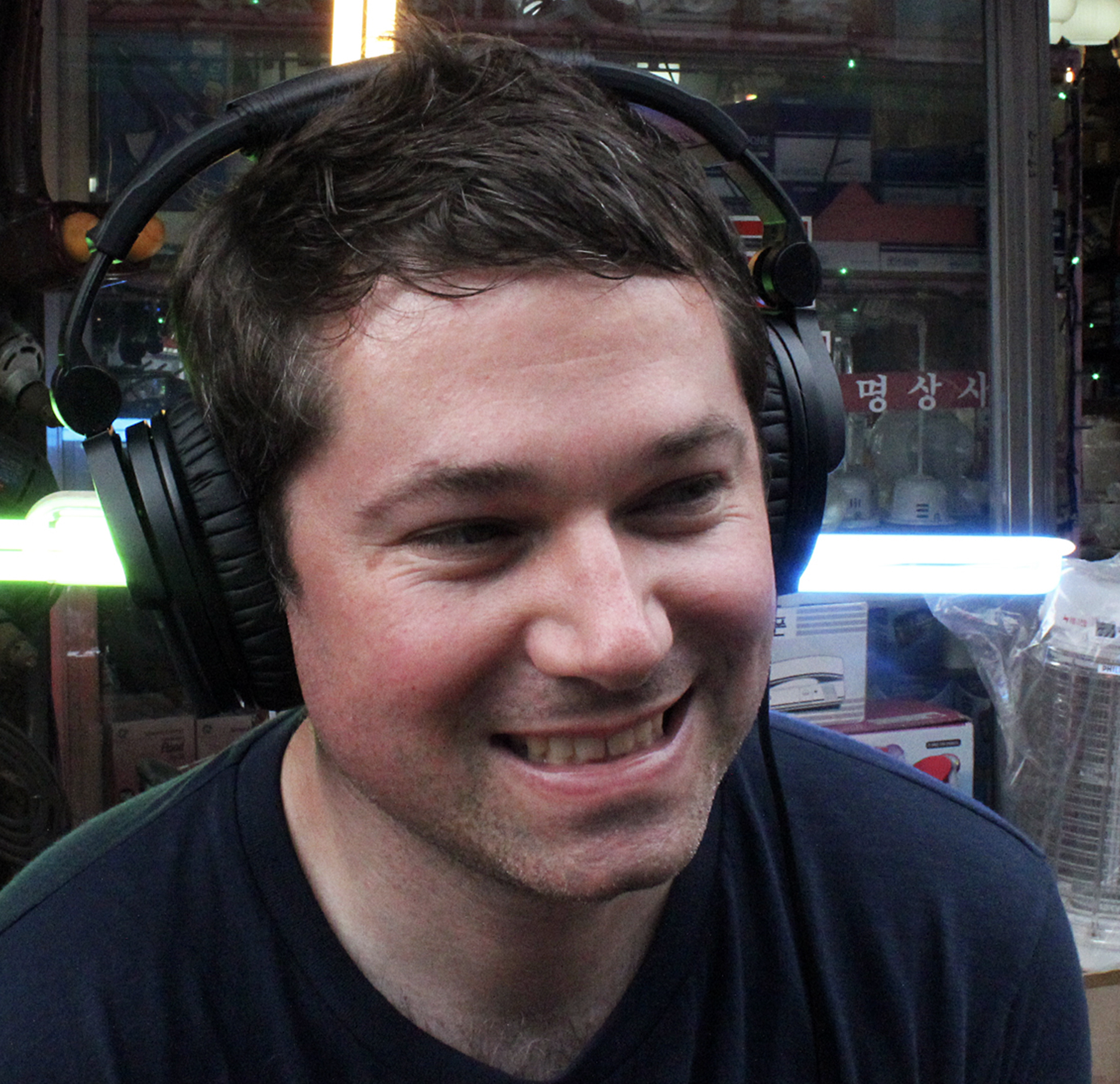“I started getting messages from strangers asking if I knew about this other product”: A tale of two mini-synths
MicroKits’ Synth-a-Sette is a tiny synthesizer in a cassette-like form factor. So is Dubreq's Stylosette. Is it a copycat or a coincidence?
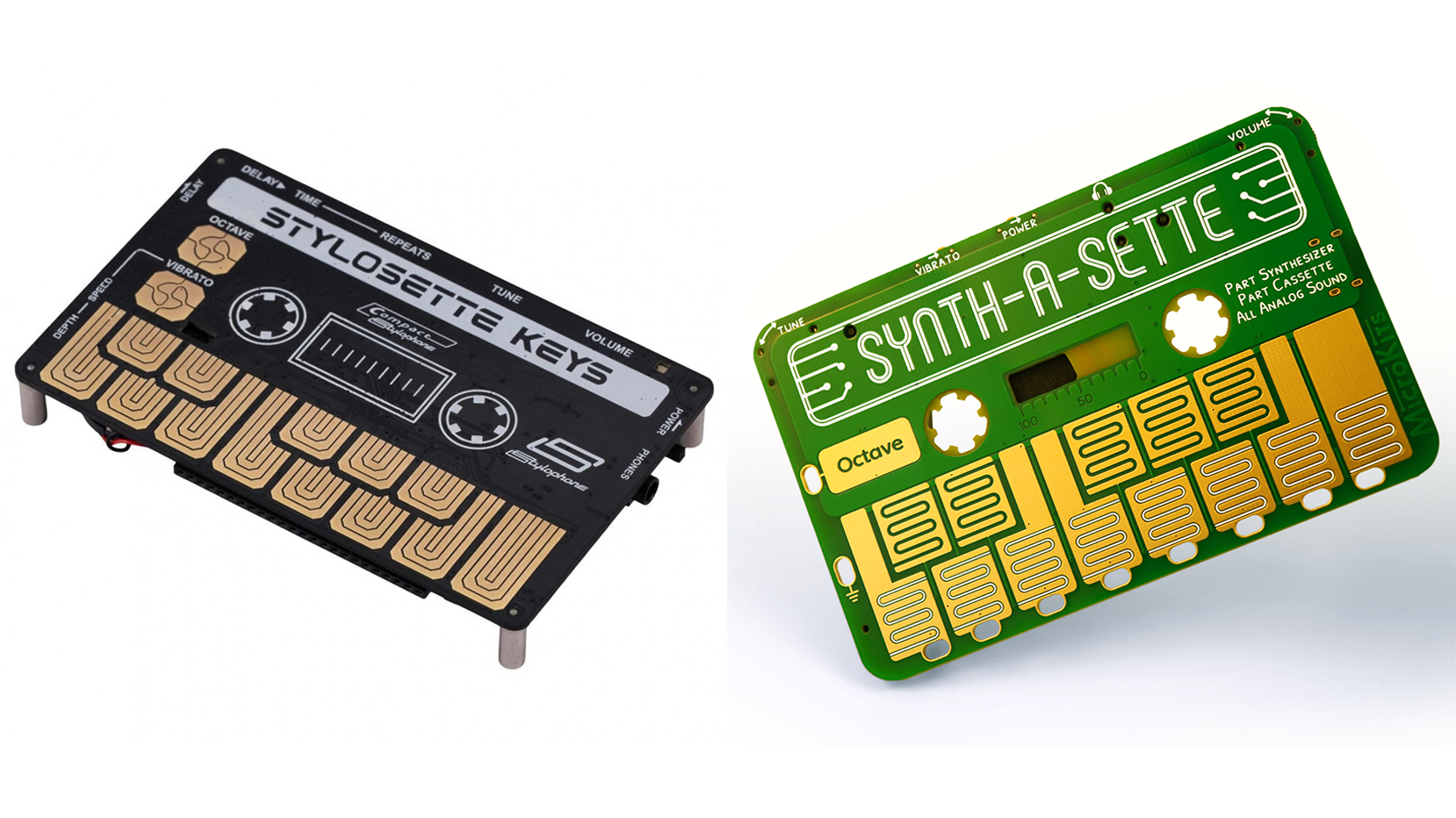
“I started getting messages from strangers asking if I knew about this other product called the Stylosette. I had no idea what they were talking about. I was surprised by how many people reached out to me.”
David Levi is an inventor and founder of MicroKits, a small company that makes STEM-focused musical instruments like the Theremin Kit and Synth-a-Sette, a tiny analogue synthesizer in the shape of a cassette tape. Released in 2022, it’s gone through a number of revisions but the basic idea has stayed the same, that of a cassette-shaped analogue synthesizer. On this day in December, 2024, however, there was now another product for sale with a strikingly similar design and feature set.
“I thought it was another case of a clone made by a no-name brand,” David told us. “But then when I looked it up, I realized that the Stylosette is made by Dubreq.”
You’ve likely heard of Dubreq. The company makes the Stylophone, among many other instruments, and has been on something of a roll the last few years, releasing a number of unusual instruments that build on the legacy of the classic Stylophone and push it in fascinating new directions, like the Stylophone Theremin. A Stylophone in cassette form fits right in with this bold new direction.
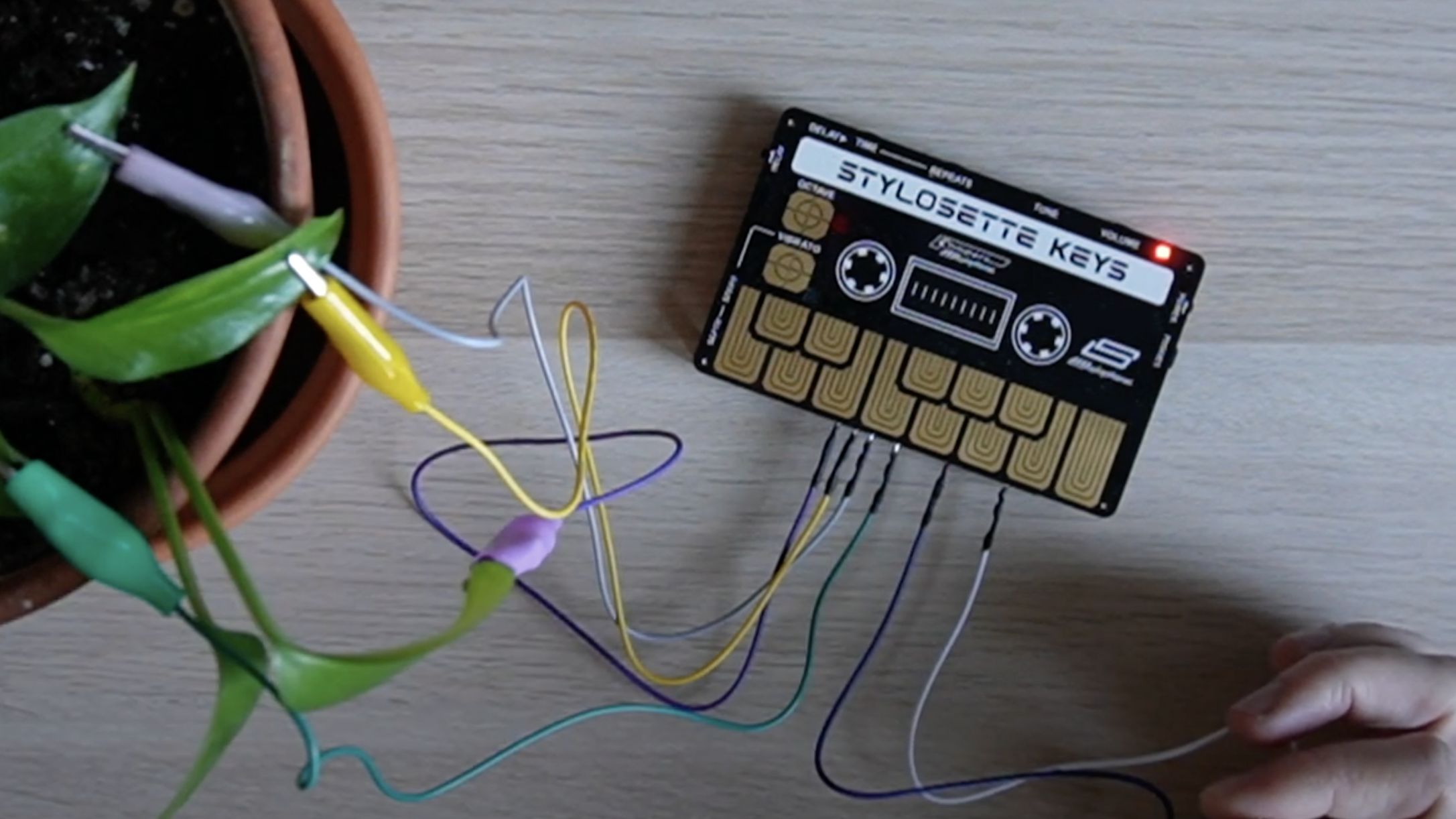
And yet there’s no denying that the two bear more than a passing resemblance. They’re both of cassette size and come packaged in a cassette case. They’re both analogue synthesizers that output a square wave, with touch-capacitive keys, an octave switch and vibrato. And, what’s more, they both come packaged with alligator clips and leads for ‘playing’ the instrument with conductive objects, like fruit.
Is this a case of parallel development, where two companies coincidentally happen to create and release similar projects? It’s not unheard of.
The Synth-a-Sette actually began its evolution as a synth in a business card. Originally called the MicroSynth, it evolved over 12 iterations into the cassette version that is now on sale.
Want all the hottest music and gear news, reviews, deals, features and more, direct to your inbox? Sign up here.
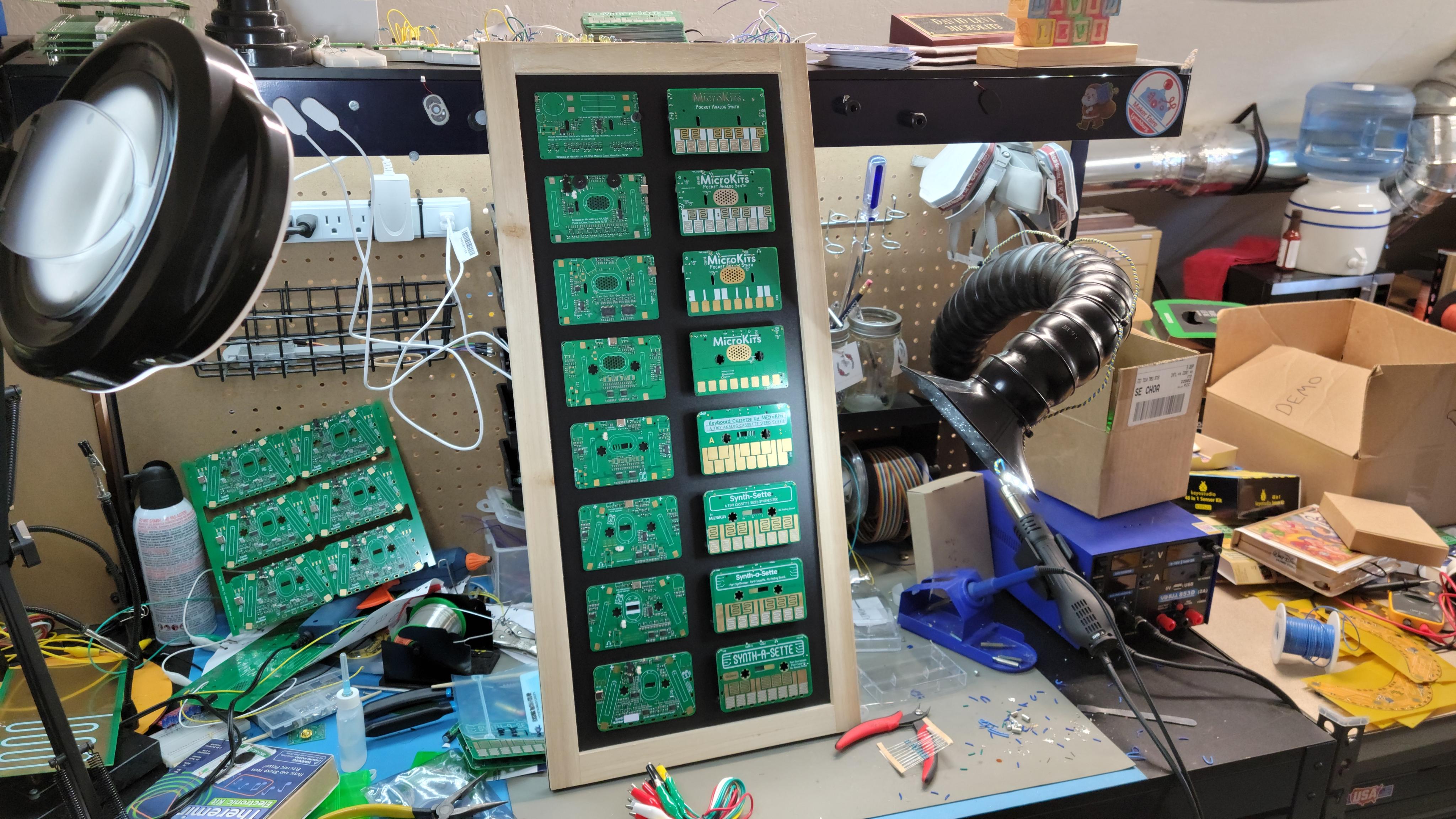
“There have been a few cassette-sized synths before, like the MMXX T-APE,” David admitted. “However, I made sure my product had a different look and a different way of being played from anything on the market. It's not hard to make something fresh and distinct in this industry.”
Dubreq declined to participate in this story but it has commented on the similarities between its instrument and David’s in public in the past. In comments (now deleted) below a video on YouTube, Dubreq pointed out, “There have been quite a few cassette formatted synthesizers over the years, as well as lots of kit banana/fruit type synthesizers.”
The company also stated that its original goal was to put a Stylophone into a cassette-style package, suggesting that the MicroKits instrument takes influence from the Stylophone. “Many have taken inspiration from the Stylophone (including the one mentioned – one octave keyboard, with tuning control, octave switch and vibrato).”
David hasn’t pinpointed any specific inspirations for the sound of the Synth-a-Sette, but looking through his early development logs on Hackaday - where he has been documenting the project since 2021 - the Stylophone isn’t mentioned. Listening to the two products, there’s no getting around the fact that there are similarities in sound. However, there are also differences. The Stylosette is brighter while the Synth-a-Sette has a more mellow tone, the result of filtering.
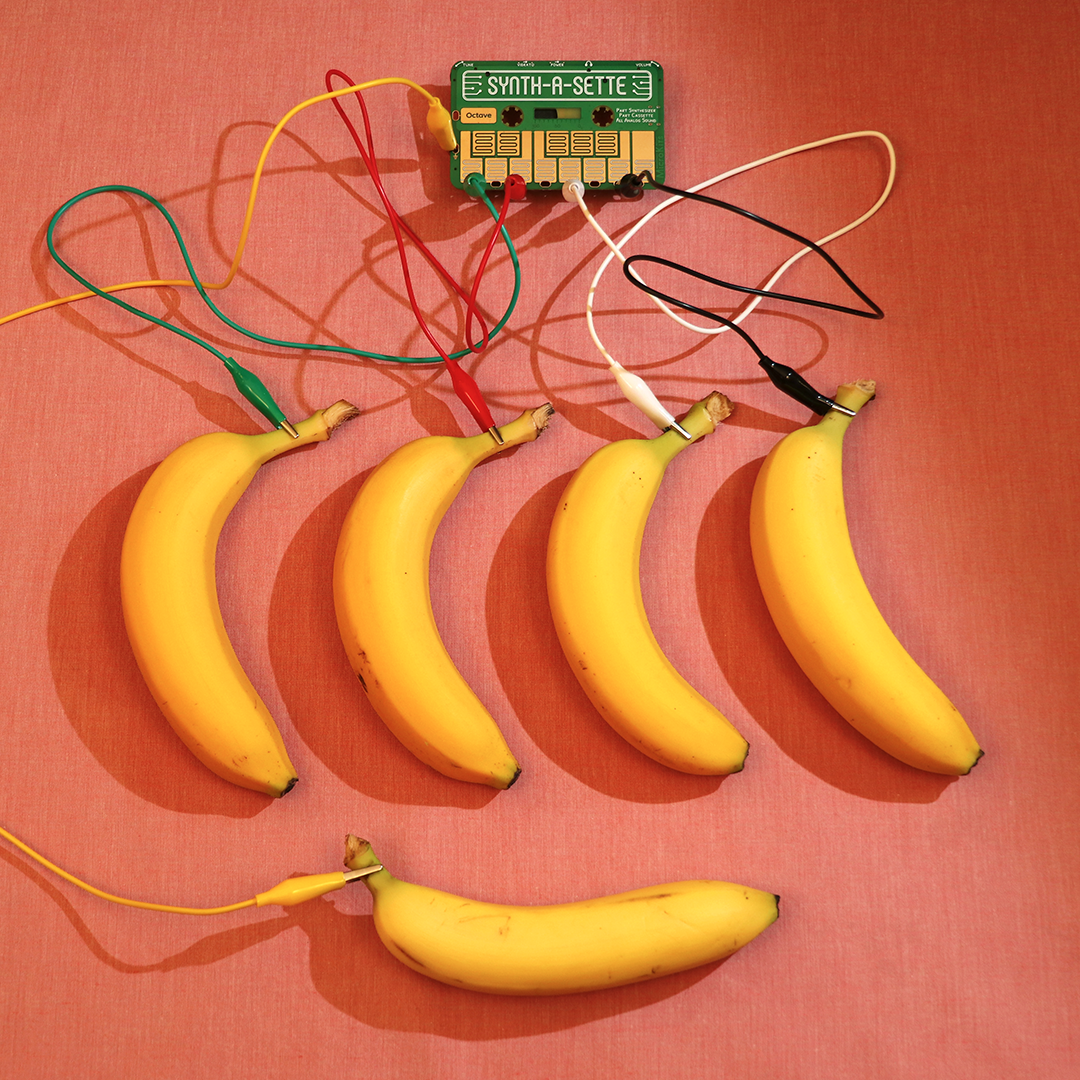
There are also differences between the two in terms of functionality. Dubreq’s instrument is more feature-rich. You can adjust the vibrato speed and depth, for one, and there’s also a delay effect (“a PT2399 chip,” according to David). There’s also an “expansion port that also works with a sequencer,” said Dubreq in the YouTube comment. “You can also create a master slave function to drive two Stylosettes at once. So there’s much more than just conductive objects.”
As for those conductive objects, where David’s allows you to connect clips to each key individually, Dubreq’s product features a tiny patchbay under the keys with ports for Dupont wires, tiny exposed jacks like the ones in the Volca Modular, except that in this case, the other end of the lead has a clip for attaching to organic objects.
David isn’t the only one who has noticed the similarities. Many have remarked on them online, usually siding with David as the originator of the idea. “I mean, philosophically, this is interesting,” said Fluxus in the comments section in an article on Synthtopia.
“You can’t copyright circuits per se, and looking at the circuit boards, the two have obvious differences. But for most end users, a ‘copy’ comes down to look/feel, and I would disagree that the Synth-a-Sette has a lot of direct look/feel influence from the original Stylophone. It’s a different kind of interface, and the aesthetic of the cassette thing is very specific.”
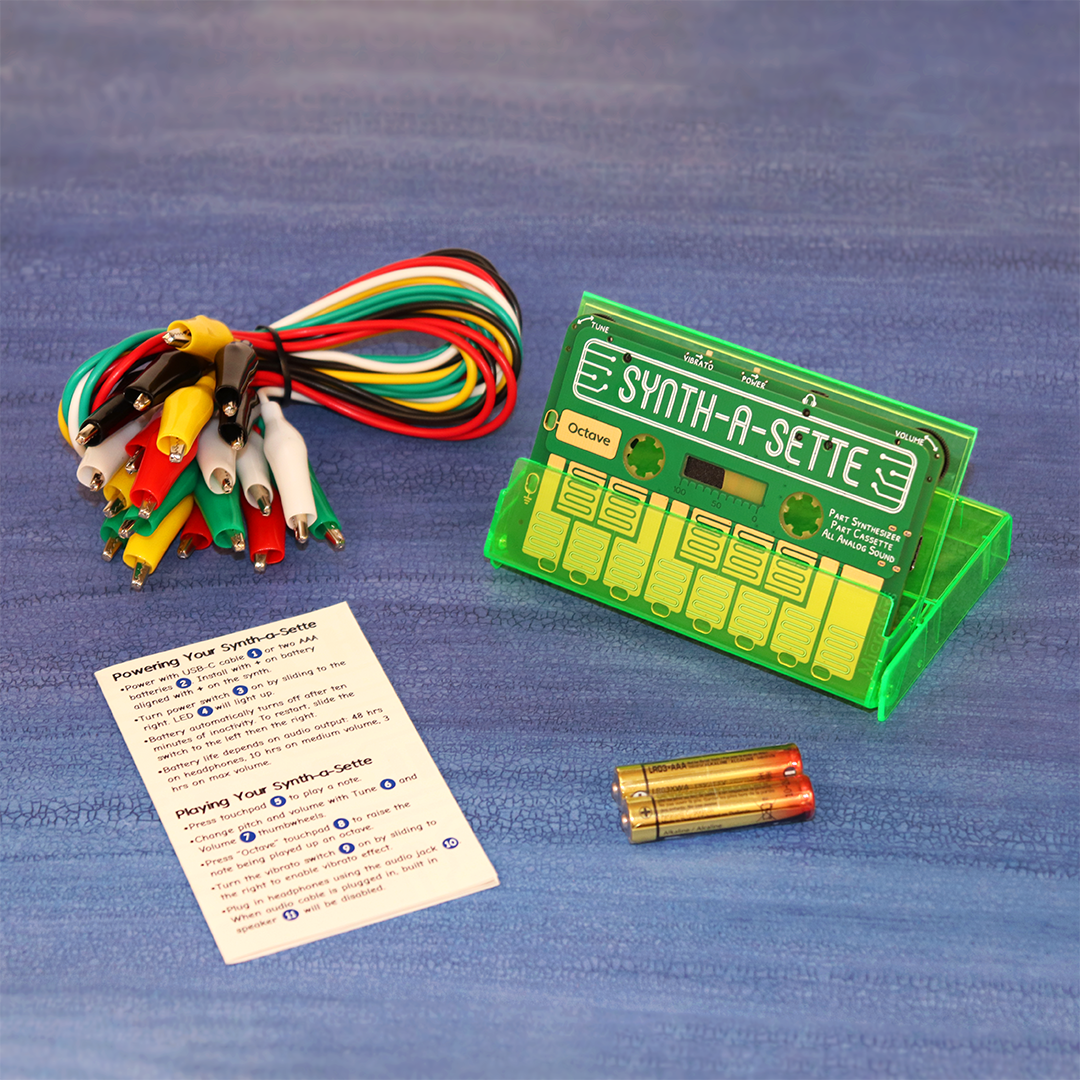
As for David, the whole experience has left him a little disappointed. “I respect Dubreq,” he said. “They’ve contracted with other electrical engineers when making some of their new products, so it’s disappointing they never considered collaborating with me. We could have made something really special if we worked together.”
David is already moving past this controversy, though, having shown his latest instrument, the Banan-a-Synth, at NAMM this past January. “It’s in that fun exploration stage of design,” he said, “where I’m still trying out new ideas. It will offer new ways of being played and new sound possibilities.
“I’m a solo inventor who’s learned so much as I grow my business and set up manufacturing,” he said. “Now that I've launched one successful synth, the next one will go faster. The Synth-a-Sette took so long to perfect, but the Banan-a-Synth should be out this year.”
Adam Douglas is a writer and musician based out of Japan. He has been writing about music production off and on for more than 20 years. In his free time (of which he has little) he can usually be found shopping for deals on vintage synths.
You must confirm your public display name before commenting
Please logout and then login again, you will then be prompted to enter your display name.
